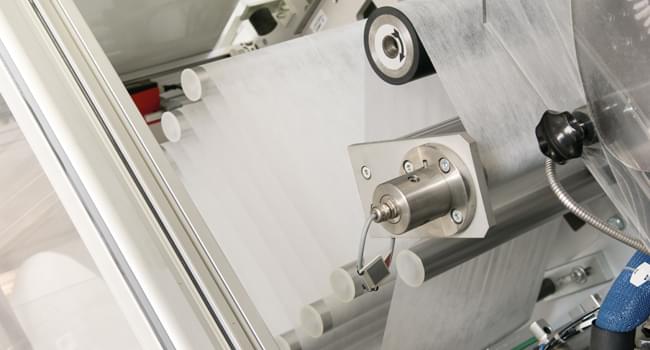
- The nonwoven hygiene component market is projected to reach 8.3 million tonnes by 2027, which is valued at $33.4 billion
- Growth rates for 2022–27 are 6.3% in both value and volume of the market
- Globally, hygiene end products are relatively recession proof and as such are projected to grow at about 20–25% faster than projected global GDP through 2027.
Our exclusive content
Despite a global drive for increased sustainability and a decrease in the use of plastics, the amount of plastics (polymers and fibres) in hygiene components will actually increase slightly between 2022 and 2027. This is due to several reasons: a large installed nonwoven production base for polymer and plastics-based materials, a lack of acceptable products based on more sustainable materials, and the lack of capacity for both materials and nonwoven processes which are more sustainable or plastics-free. But the rate of increased plastics usage has slowed and expectations are that plastics usage in hygiene products and components will decrease in the future.
What will you discover?
- This report identifies and quantifies the hygiene components and end uses, regions and countries which are growing, and those which are not
- Sales for raw materials, hygiene components and finished hygiene products, in both dollars as well as tonnes, is disclosed from 2017 through 2027
- The key raw materials that are used in producing these nonwoven components is identified and quantified in tonnes and dollars, from 2017 to 2027.
This report is based on extensive primary and secondary research. Primary research consisted of targeted interviews with material suppliers, converters and experts drawn from key markets.
This was supported by secondary research in the form of extensive literature analysis of published data, official government statistics, domestic and international trade organisation data, company websites, industry reports, trade press articles, presentations, and attendance at trade events.
About the author
Phil Mango has spent almost 40 years in the nonwovens industry. He has had varying positions and areas of expertise within the industry, from applications management for the global leader in nonwoven binders to technology director for the world’s largest airlaid producer, to founder, owner and head of operations for his own nonwovens company. He entered the consulting field in 2003 and has authored more than 35 reports for Smithers.
Who should buy the report?
- Pulp, paper and nonwoven suppliers
- Suppliers of adhesives and tapes and other nonwoven-related hygiene component suppliers
- Machinery and equipment suppliers
- Product manufacturers in hygiene applications
Name The Future of Hygiene Components to 2027
Date 1/24/2023
Price $6750.00


